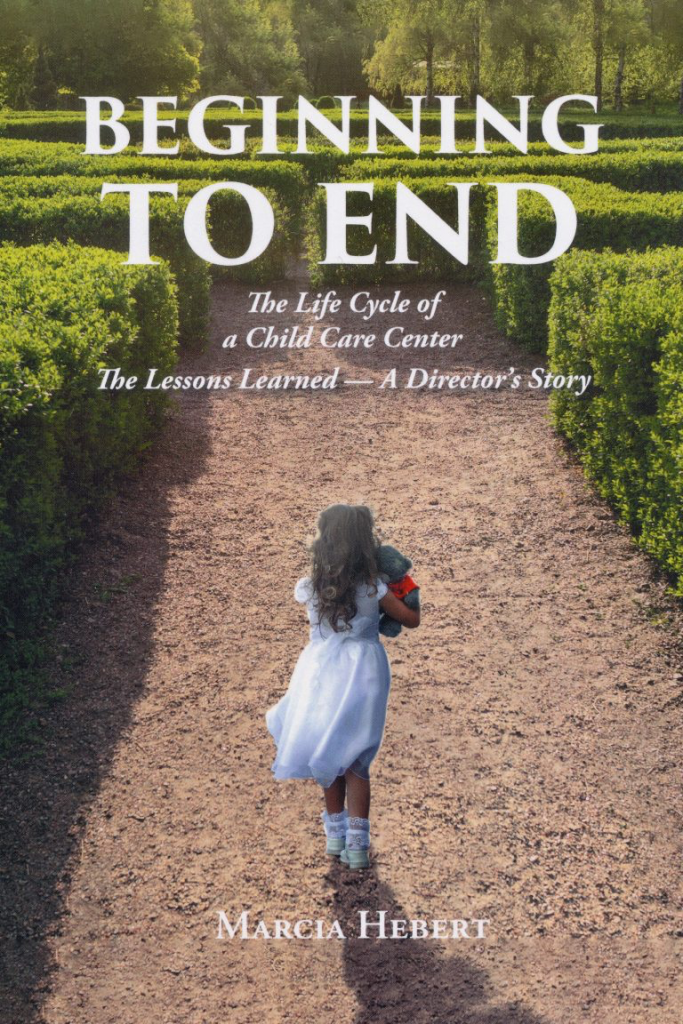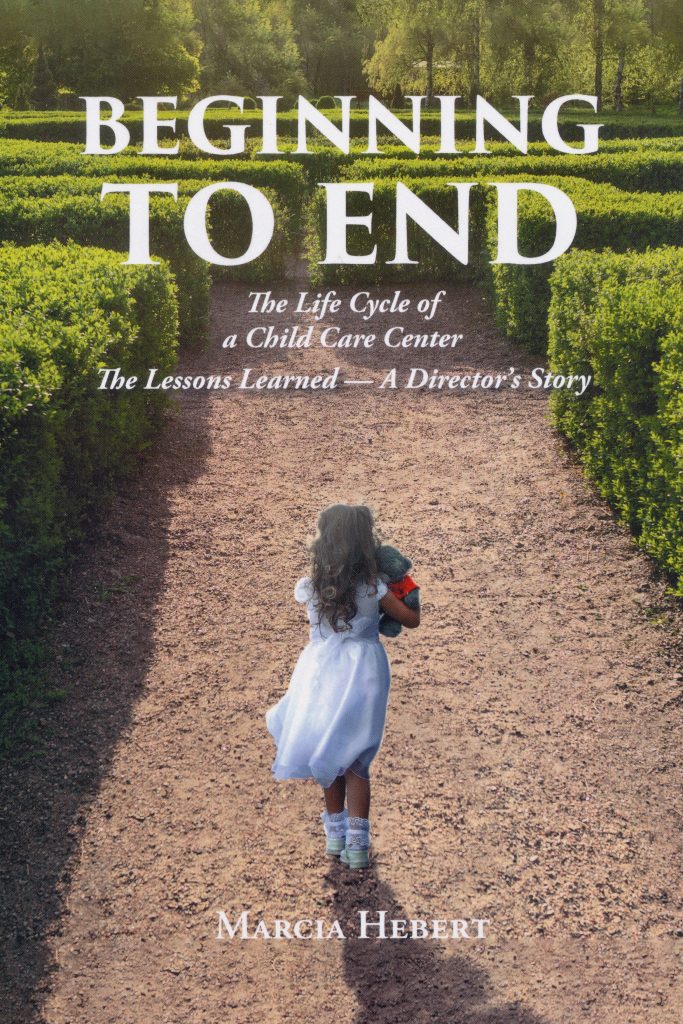Before you are a leader, success is all about growing yourself.
When you become a leader, success is all about growing others.
—Jack Welch
So, where do you begin?
Oh yes, look at colleges, job fairs, and early childhood conferences. Use ads in all types of media—but remember, everyone else is doing these very things. Amid a sea of teaching positions online and off, what will bring attention to your program?
Do other professionals know of your school? You can host an open house or other event, even when you are not looking to hire, so that your colleagues in the field have an opportunity to visit your program. People tend to imagine themselves working in places they visit, so give them the opportunity. Also, visit other schools and learn about your competition. What makes your program unique? Capitalize on what sets you apart in your marketing strategy.
And then, if you ultimately hire (and hire well), keep a record of where you found these candidates, so you can use the same successful recipe again. You’ll also learn which methods took a lot of time or resources ($) and whether you gained or lost.
For me, it’s all about making connections and networking within my professional circles. Who do I already know, and, could they help me get the word out?
Some of my best hires have come to me from other colleagues/directors who have already worked with the candidate. The person is now living in my neighborhood and looking for a position. I learned early on to cultivate a director’s network and build a support group of leaders. I can’t tell you how often, when the circumstances presented themselves, we have hired one another’s fabulous teachers!
Through their own colleagues and friends, my staff members have brought me many good people as well. Since they already work in our program, they refer teachers who will fit. As a result, I have hired many from this referral pool.
I also learned to keep in touch with my former colleagues. I learned that our paths might cross over and over again—and, many times, they have.
Parents, both former and current, are another connection I tap into when looking for staff. They, too, know our program well, know the caliber of professional we are seeking, and often refer great candidates from their circles of family and friends. Again, because they are a never-ending source for me, I work at keeping these relationships as well. When I need to hire, I send out a note asking for their help.
At times, there have been more resumes than I need—and more people than I can hire. I interview many to find the one! And if a candidate is really good, I keep the resume (just in case) and end my conversation with them “keeping the door open” for a future position. This too, works well. I can think of several teachers we ultimately hired, though they had initially interviewed years earlier.
The hiring process is step one in building your team. It is a critical function of our work, because it can make or break our program. It should be a thoughtfully planned and executed process. It should involve key stakeholders. And it should not be hurried. To “panic hire” is often a disaster. Please learn from us who have done this—and then vowed never to rush the process again!
In next month’s blog, I’ll share the actual interview process with you—the do’s and don’ts of this key meeting.

For more tips, techniques, and how-tos that worked for me, take a look at Beginning to End: The Life Cycle of a Child Care Center—A Director’s Story, at amazon.com books.



